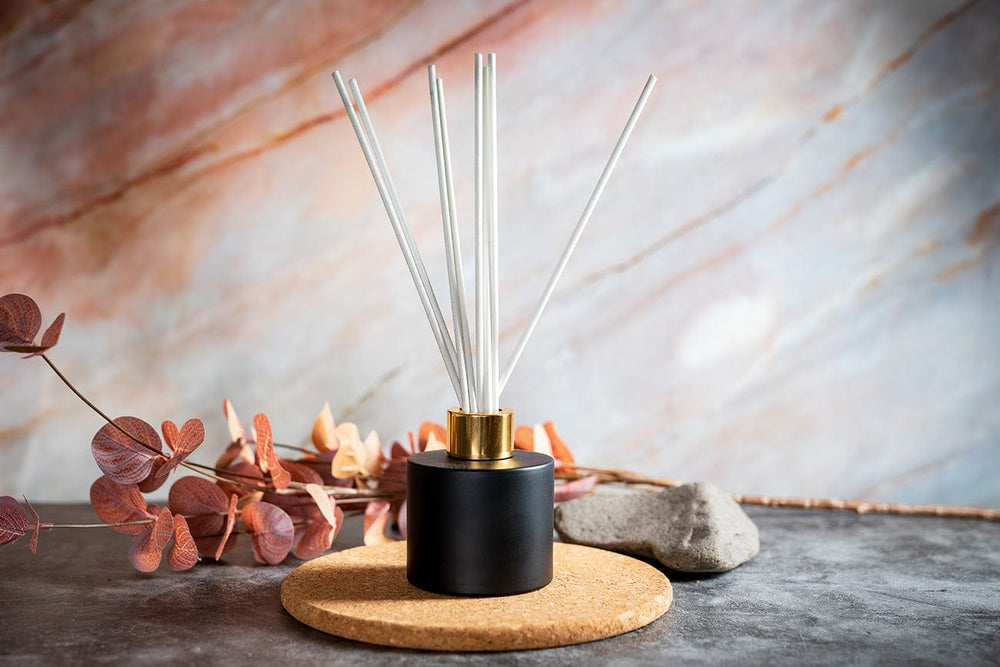Candles are deceptively complex. Many think they have candles all figured out, but few do. And to top it all, there are lingering rumours and factoids that just won’t go. Lucky for you, Candle Shack just so happens to be a leading candle-making expert.
As candle month comes to a close, we thought we’d clear the name of candles and debunk some of the most tenacious candle misconceptions. So, take a look below to update your candle knowledge, courtesy of the team at Candle Shack!
Myth: Paraffin wax is harmful
A popular myth about paraffin wax is that it can be quite smoky when burning in a candle. The reality is that any poorly wicked candle can give a smoky flame, whether it is paraffin wax or plant wax. If a paraffin wax candle is fitted with a suitable wick, it will burn cleanly. This is the art of the candlemaker.
Myth: Home-fragrance candles are unsafe
When made correctly and following IFRA regulations, scented candles should be compliant with the General Product Safety Regulations in the UK. Once you have picked out your fragrance, head over to its IFRA conformity certificate and look at the permitted concentration levels. Once your candle has been poured and cured, don’t forget to test it for performance and safety. Our personal recommendation would to be follow the standard for fire safety (EN 15493:2019) and the standard for sooting behaviour (EN 15426:2018).
A study performed in 2021 also concluded that paraffin and plant waxes behave similarly in terms of emissions. The study also concluded that for fragranced candles, where guide values for emissions were available, the concentrations for indoor air were safely met and, in many cases, were well below the established safety levels.
Myth: Candles should be left to burn until no wax is left
If a candle is classed as self-extinguishing, then not surprisingly, it can be burned until it self-extinguishes. Container candles can also be burned until they self-extinguish (candles should be burned for 4 hour periods to maximise their longevity). The sustainer in a container candle is a safety feature, and a 6mm sustainer will extinguish the candle flame before it comes into contact with the candle glass.
For other types of candles, if the weight is greater than 25g, the candle can be burned down to a height of 15-25mm. Candles weighing less than 25g can be burned down to a height of 8-12mm.
We would always recommend burning candles for 4 hours at a time. This is what candles are tested and designed for and will give the best longevity and results.
Any more questions or concerns? Join our Facebook Candle Making Community Group!


